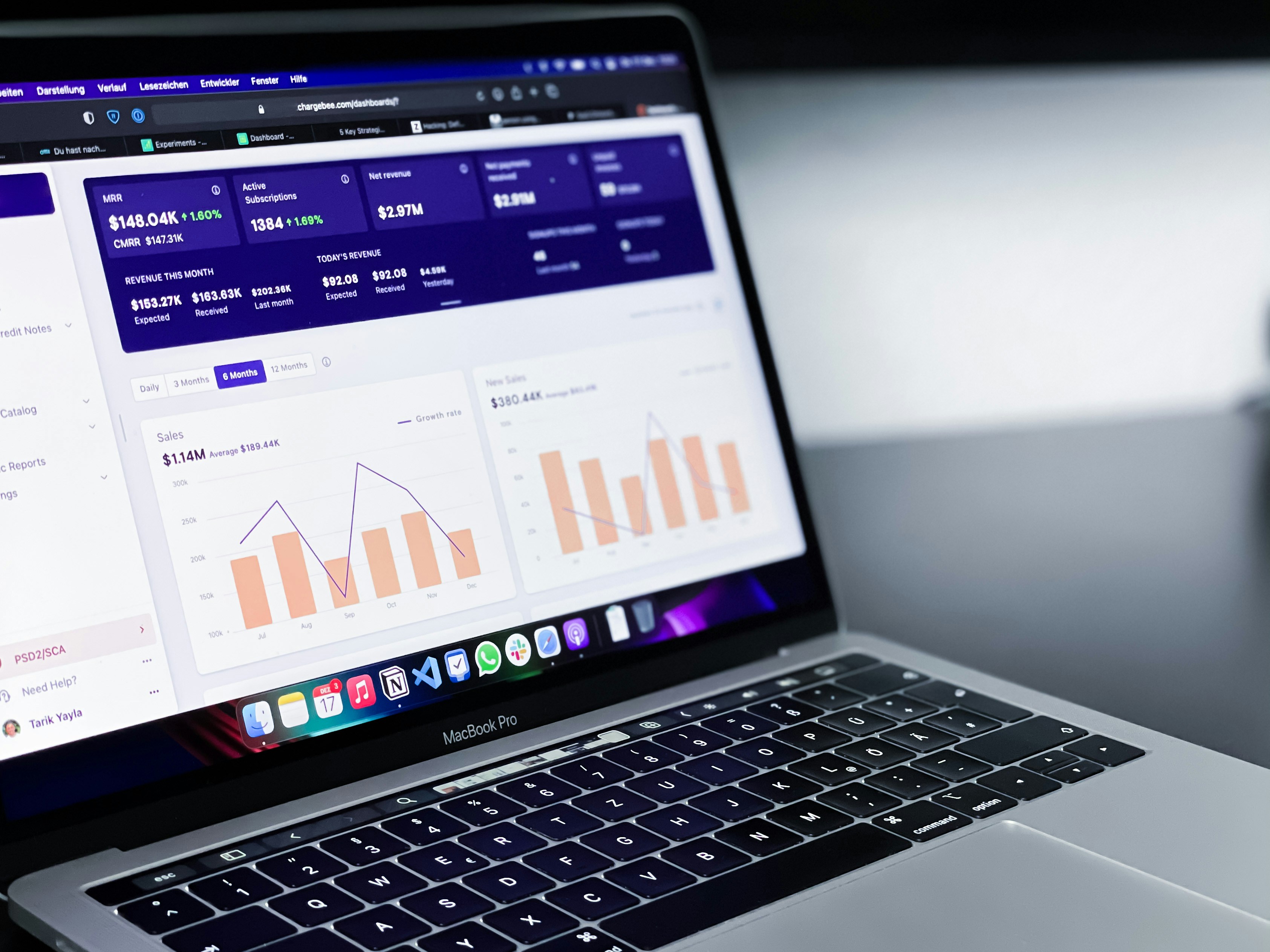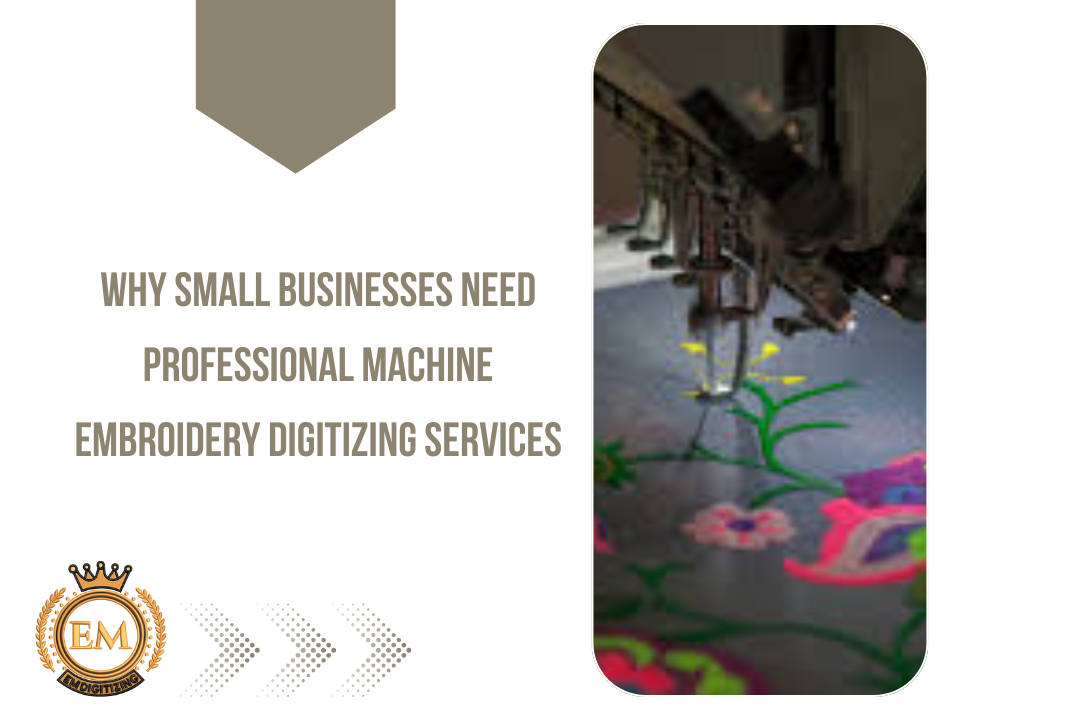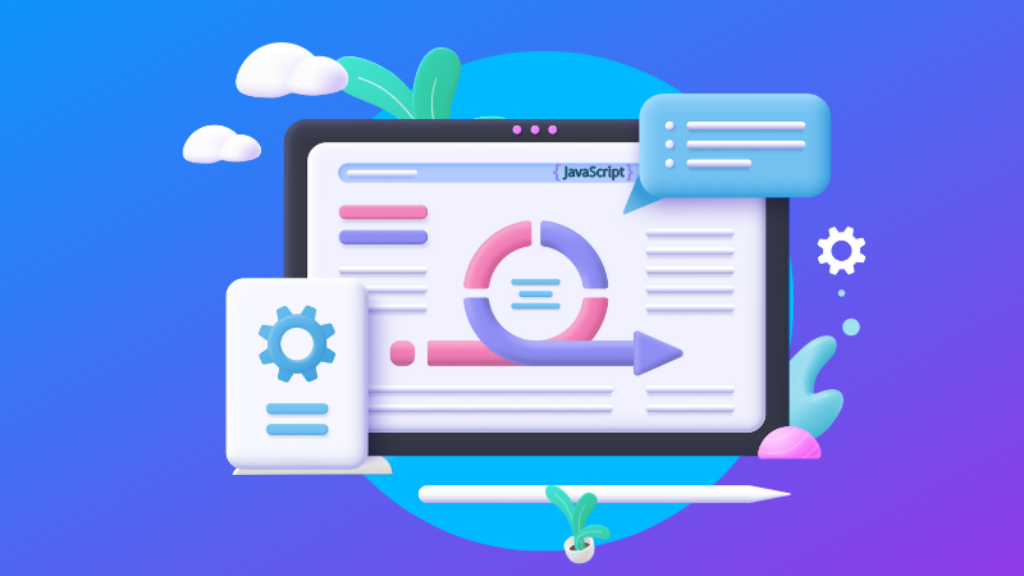Manufacturing Data Analytics Services: Smarter Factories, Bigger Profits

Strong 8k brings an ultra-HD IPTV experience to your living room and your pocket.
Manufacturing isn’t what it used to be and that’s a good thing.
Gone are the days of guessing what’s going wrong on the production floor or manually checking every machine. Today, data is the new oil, and smart manufacturers are drilling deep to unlock insights that lead to faster processes, fewer defects, and more money saved.
That’s where Manufacturing Data Analytics Services come in. These services help manufacturers collect, clean, and crunch the numbers to make everything from supply chains to shop floors run like a well-oiled machine.
Let’s break it down in simple terms: what these services are, why they matter, and how they can level up your manufacturing game.
What Are Manufacturing Data Analytics Services?
In short, they’re services that help manufacturers make sense of their data. From sensor data on machines to order tracking to inventory levels, there’s a ton of information flowing through a factory.
Manufacturing analytics turns that raw data into clear, actionable insights using tools like:
- Real-time dashboards
- Predictive models
- AI & machine learning
- KPI tracking
- Custom reporting
Think of it like going from “we think the line is running slow” to “we know Machine #3 has a 12% downtime spike this week due to part wear.”
Why Should Manufacturers Care?
Simple: analytics = profits.
Here’s what manufacturing data analytics can do for you:
- Predictive maintenance can tell you before a machine fails—not after. That means fewer shutdowns and no more surprise repairs.
- Find out which processes are lagging, which machines are underperforming, and where your bottlenecks are hiding.
- Spot patterns in defects and trace them back to specific machines, materials, or shifts.
- Monitor lead times, delivery performance, and supplier efficiency. No more stock-outs or over ordering.
- Better data = fewer errors, less waste, and more efficient use of labor and materials.
- With real-time data at your fingertips, you can react instantly not weeks later when the reports finally come in.
Types of Data Analytics in Manufacturing
Different problems need different types of analysis. Here’s how it usually breaks down:
1. Descriptive Analytics
What happened?
Look back at past data to understand performance trends and KPIs.
2. Diagnostic Analytics
Why did it happen?
Dig into root causes, like why defect rates spiked or why a shift missed its target.
3. Predictive Analytics
What’s likely to happen next?
Use machine learning to forecast equipment failures, demand spikes, or production slowdowns.
4. Prescriptive Analytics
What should we do?
Get recommendations on how to adjust scheduling, inventory, or processes for better outcomes.
Choosing the Right Analytics Partner
Looking to bring analytics into your factory? Smart move. But make sure you pick the right partner.
Here’s what to look for in a Manufacturing Data Analytics Services provider:
- Deep understanding of manufacturing processes
- Expertise in IIoT (Industrial Internet of Things)
- Custom dashboard & reporting capabilities
- Scalable solutions (small shop today, global supply chain tomorrow)
- Data security and compliance know-how
And above all clear, friendly communication. You want someone who speaks your language, not just “tech talk.”
Wrapping Up: The Future of Manufacturing Is Data-Driven
Let’s be honest running a manufacturing business is tough. But with the right data in the right hands, you can turn problems into opportunities, waste into savings, and insights into action.
Manufacturing data analytics services aren’t just about tracking numbers they’re about unlocking smarter ways to produce, compete, and grow.
Want to Get Smarter With Your Data?
We help manufacturers like you make sense of their numbers and use them to boost efficiency, quality, and profitability. Whether you’re just starting or ready to scale your smart factory, we’ve got the tools and the team to help.
Let’s talk data. Let’s talk growth. Let’s build the future together.
Note: IndiBlogHub features both user-submitted and editorial content. We do not verify third-party contributions. Read our Disclaimer and Privacy Policyfor details.







